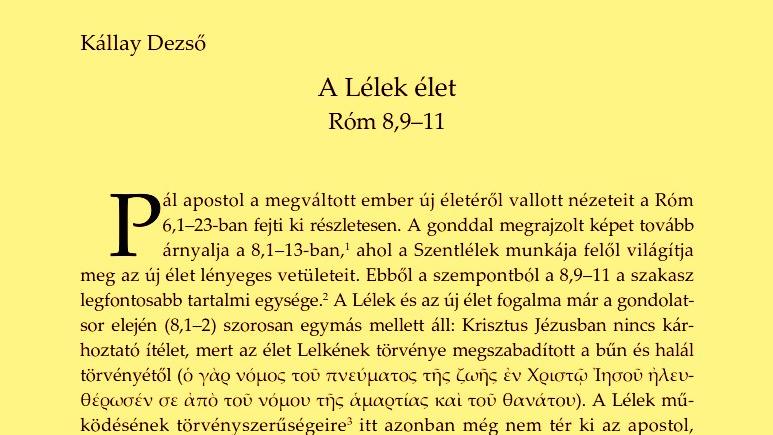Unitárius szövegek a prédikációról
In this study, I examine the works of ars praedicandi as used by the Unitarians. The paper focuses on the Unitarian use of the works of Bartholomaeus Keckermann, who attributed an important role to the exordium. The paper further registers an 18th-century Unitarian reader of Keckermann’s rhetoric, found in a composite volume in the Library of the Cluj-Napoca Branch of the Romanian Academy. This work’s earlier impact can also be studied in a Unitarian manuscript revision created as early as in 1653. There is another Unitarian work (Ms. U.
